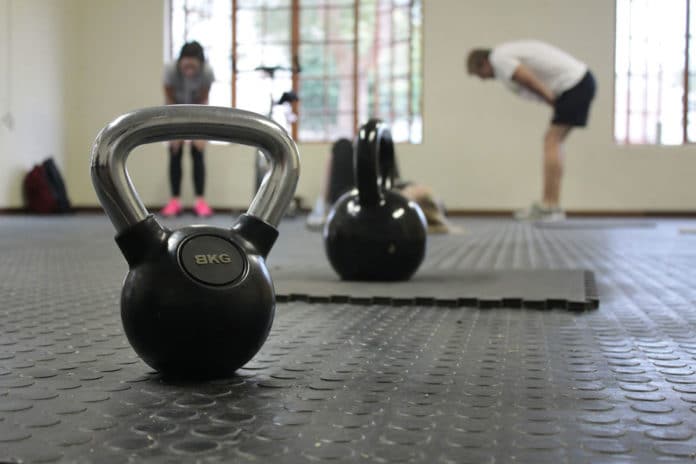Most people make their new year fitness resolutions. Unfortunately, these resolutions are often short-lived.
Many studies have identified the silver bullet to get people to make long-lasting changes in their exercise routines; most interventions have had little success.
Scientists from multiple institutions, including five from Carnegie Mellon University, have taken a different approach to this problem. They decided to opt for one massive project that included thousands of participants.
The study includes 61,293 participants from the organization’s membership. They were randomly put into different treatments. The value of the megastudy is that it is easier to compare results from one treatment to the next.
Gretchen Chapman, department head and professor of social and decision sciences at CMU, said, “Science has done this work piecemeal in the past, and you can’t compare across studies because so many things are different. For a megastudy, every participant is recruited in the same way so you can compare apples to apples to check for behavioral change.”
Scientists put the participants into one of 54 treatment arms for the study. One arm in the megastudy was the control where members were thanked for their participation but did not receive any tips or earned a small lump sum payment for participation.
All participants in the other arms received science-based tools to improve their exercise performance. Each arm received different details, such as reminders and/or incentives (ranging from $0.11 to $1.79 toward an Amazon gift card) for visiting the gym or performing other behaviors (e.g., responding to text messages or changing their workout schedules).
Katy Milkman, a professor at the University of Pennsylvania, co-director of the Behavior Change for Good Initiative, and lead author on the study, said, “A key goal of this project was to demonstrate what could be accomplished by bringing dozens of academics together from different institutions and disciplines to generate innovative ideas for testing in a tournament. I’m so glad we were able to draw on talent from a diverse set of institutions to design the interventions tested in this megastudy.”
Among all, one arm showed the greatest success: the arm offered participants roughly a dime if they returned to the gym for a planned workout following a missed visit they had scheduled at the start of the study. This dime was in addition to the standard incentive of roughly a quarter paid for each workout. Future research could focus on this arm of the study to find out the most exciting part is getting people to return to the gym.
Milkman said, “Megastudies accelerate the pace of scientific research and increase comparability, making it easier for policymakers to understand what ideas should be deployed at scale to solve pressing real-world problems. We hope the same approach can be used to generate key insights about other pressing problems too, like how to motivate voter turnout, reduce energy use, and so on.”
Chapman said, “Exercise is hard to change, and this change is hard to endure. The results from this study help us frame the discussion between physical activity and chronic health in new and interesting ways.”
Journal Reference:
- Milkman, K.L., Gromet, D., Ho, H. et al. Megastudies improve the impact of applied behavioral Science. Nature 600, 478–483 (2021). DOI: 10.1038/s41586-021-04128-4
